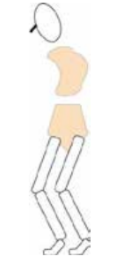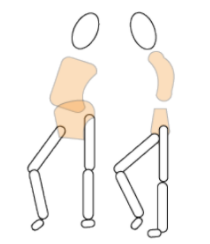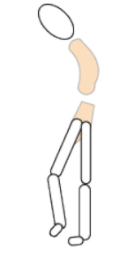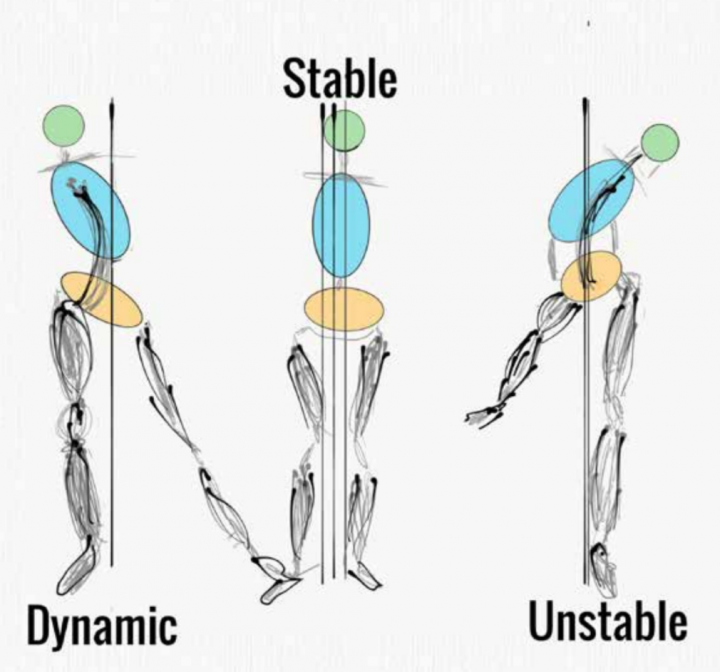Share
Proper alignment of bones and joints is essential for stabilizing body motion during standing and walking. People with ASD have a reduced perception of their body movement or shift relative to their own postural orientation and equilibrium. At the clinic we often hear of issues such as fatigue, awkwardness, clumsiness and instability of their foot, ankle and hip joints.
When we assess people with ASD at our P&O clinic (“P” for Prosthetics and “O” for Orthotics) it becomes clear that foot and ankle issues are interrelated, both affecting and being affected by overall body posture. Some patients exhibit a decrease in dynamic control of posture in standing, walking and, at times, even in sitting.
When evaluating posture and gait we observe the following characteristics:
- Toe walking, when someone places most of the pressure on the forefoot or the front of the foot, and the heel is raised and not in contact with the floor. This is more commonly seen with young children, but with some adults as well.

- Leg length discrepancy, which causes the individual to frequently lean on one foot, very often on the same one, when standing. That single leg is locked passively in the main joints such as hip, knee and ankle, while the other foot is bent to accommodate to the apparent short leg. In standing, their weight is unevenly distributed. Individuals tend to stand mostly on the short leg and walk with a “limp.”

- Disrupted and collapsed foot structure. Signs include: severe pronation of the subtalar joint (below the ankle) and collapse of the midtarsal joint, located in the middle of the foot. The long arch has lost its architectural shape and stability and the toes are deformed.

- Kyphosis (a curved spine), collapsed chest, dropped shoulders and even scoliosis are observed in many of our patients. These myriad of postural issues may result from reduced strength, decreased biomechanical stability, or from a sensory impairment, such as apraxia.

Research on children with ASD supports these clinical observations and shows that some individuals on the autism spectrum displayed larger fluctuations in movement of the center of gravity of their bodies. They often shift and load their weight, consistently favoring one leg over the other. Anecdotal reports from a website by people with ASD shows similar findings, “ … whenever i have to stand for more than a few seconds, I balance on one foot, with only the toe of the other to balance, & the other knee bent. i’ve always done this, & i think the necessity of focusing on finding a center of gravity & maintaining it, helps my feelings of being exposed in an open area.”
This image in the middle illustrates a stable posture when standing on both feet. Although an individual may still shift weight from one leg to the other, their center of gravity is still close to midline.The drawings on the left and right illustrate unstable postures. In the drawing on the left, an individual stands on a single leg and his whole body posture is influenced by the functional short right leg. The left leg needs to accommodate by bending at the knee, or by placing the foot with no weight bearing on it away from the center of gravity. The image on the right depicts an unstable posture when the individual shifts from one leg to the other seeking stability.

These are just some of the common cases we see in the P&O Clinic. In order to address all of these issues, we focus on stability, mobility and alignment. We provide orthotics, braces and special shoes to improve those areas. We also give caregivers and patients alike instructions to learn good postural habits. One common posture to promote even weight bearing is to stand and practice with a wide base, allowing the legs to spread widely. Regardless of the diagnosis, we take a holistic approach to make sure our ASD patients are making sustainable changes that can help them long term.
FOR APPOINTMENTS or more information CALL 212.273.6272
